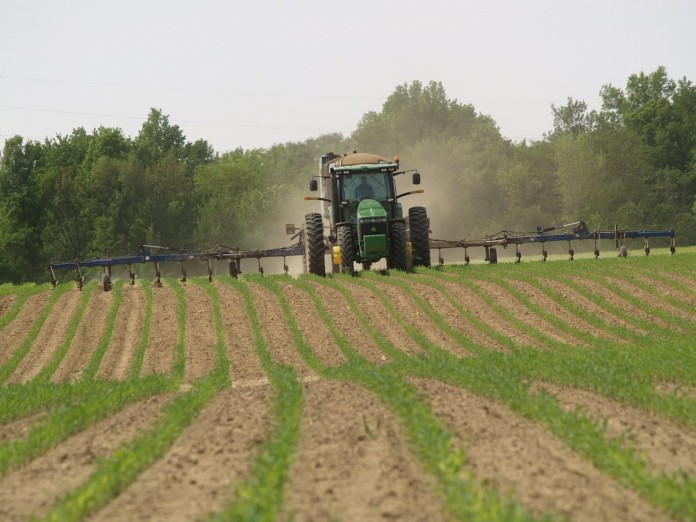The message from the U.S. Department of Agriculture Outlook Forum in late February was pretty clear: In 2016, we will again grow more farm goods — and, in some cases, far more — than the U.S. and world markets can profitably use.
In case you missed the number-fest, permit me to highlight the lowlights of this year’s presentations.
- Barring an epic weather disaster, U.S. corn growers will produce themselves into crop insurance poverty. Despite the current marketing year ending with 1.8 billion bushels (bu.) still in the bin, USDA forecasts American farmers will grow 2 million acres more corn than last year. Not one acre is needed; USDA sees virtually no increase in either domestic use or exports. That means next year’s ending stocks will climb to nearly 2 billion bu., the largest in 12 years, and drain 2017’s average price to $3.45 per bu.
- Soybean growers will fare little better. USDA forecasts farmers planting the same amount this year as last, 82.5 million acres, but guesses average yields will drop back to a more normal 46.7 bu. That still will deliver a near-record — after back-to-back records in 2015 and 2016 — crop of 3.8 billion bu. Again, however, USDA sees little new usage here or abroad so the season-ending carryover, at 440 million bu., will be the second largest in 10 years. The overburden will drop the 2016/17 average soybean price to $8.50 per bu., or $4.50 under 2013/14’s glorious $13.
- The outlook for wheat is worse. Even though USDA estimates U.S. wheat plantings will drop a substantial 3.6 million acres to 51 million acres total, better winter weather still means wheat production likely will hit 1.9 billion bu., just 61 million bu. under 2015/16’s crop. That tiny drop in overall production, however, when combined with current stocks, a slow global economy, and a small increase (135 million bu.) in total usage, means 2016/17 ending stocks will grow to a market-killing 989 million bu., or nearly a six-month supply and the largest wheat carryover since 1987/88. The season’s average price reflects that fact: a dismal $4.20 per bu.
- Cotton will not have a soft landing either. Despite prices wobbling along at an anemic 59.5-cents per pound now, growers will plant nearly 10 percent more acres in 2016 to almost ensure an even worse price, 58 cents, says USDA, in the coming marketing year. The good news, according to the Outlook Forum, is that 2017 plantings for the U.S.’s eight major crops — corn, soybeans, wheat, cotton, rice, sorghum, barley, and oats — will drop a collective 2.5 million acres. The bad news? That anticipated drop is just one percent of total acres, 249.1 million, to be planted in the key American crops.
As such, USDA foresees the coming year’s average prices as the lowest in a decade for corn, wheat, and soybeans. Cotton’s average price will be its lowest since 2008/09’s skinny 47.8 cents. And that’s with trend line yields and fair weather. Better weather and better yields will blow the doors off the bins and the bottom out of the markets. Then what?
Find the loopholes
Then we’ll do what we always do. First, we’ll maximize current farm programs benefits through every loophole and back door our Land Grant sharp pencils can find. When that effort fails to stem the worsening tide, our commodity groups will ask Congress for “one-time fixes” (cottonseed as an oilseed, higher ethanol blends, more “conservation” spending, favorable trade deals) that are neither one-time nor actual fixes.
Later, bankers and Big Agbiz will join the growing call for action, any action, as the sun continues to shine and net farm income continues to fade. Then, privately, we’ll start talking about a crop failure anywhere but on own farm.
We’ve done this before and we’re doing it again because we’re “producers;” we produce even if it brings losses to us, the taxpayers, or both. We could throttle the losses but it would require throttling our production and, well, we’re a stiff-necked people; we produce — even if it carries a stiff price.














